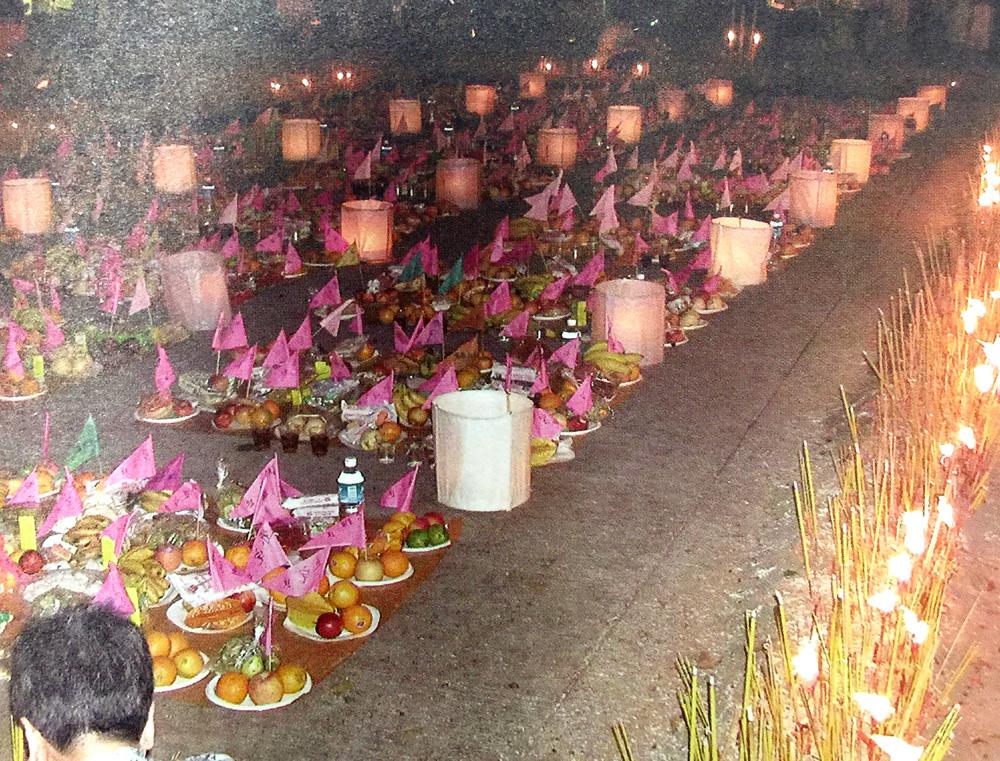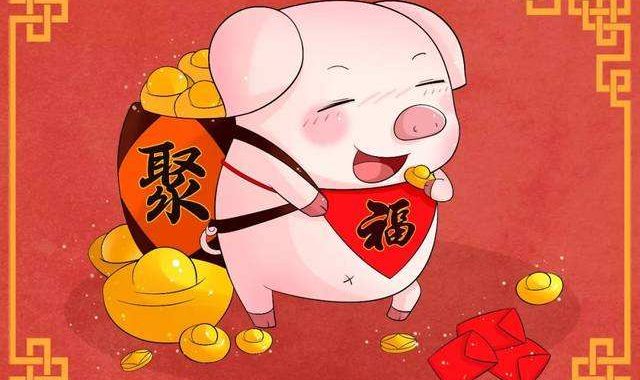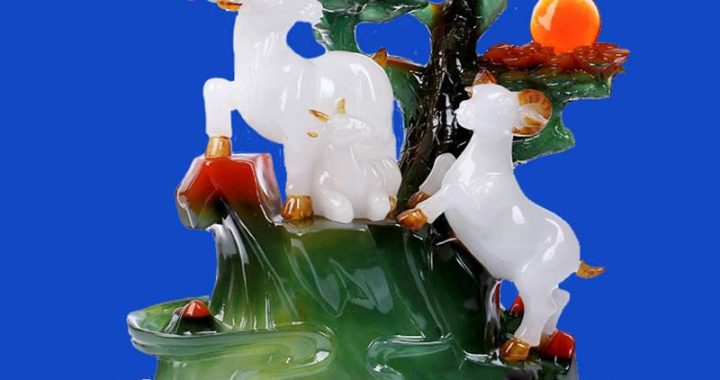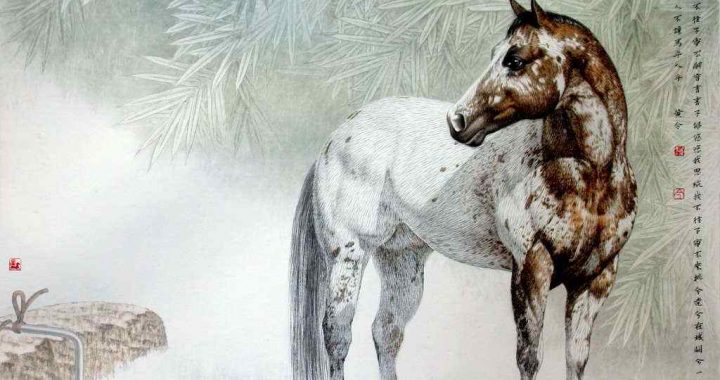Food and sacrificial oferings
2 min readMaking sacrifices to the deities was an official function of government in ancient China, and thereforea central element of the rites. The various deities were given ranks which corresponded to those of the court hierarchy, and which determined what offerings they received and who conducted the sacrifice.
These rituals were ceremonial recreations of the hierarchical divisions of ancient Chinese society.
Only the emperor was empowered to sacrifice to the highest ranking deities, and only the emperor could make offerings of all three of the domestic animals (cattle, sheep, and swine). Dukes, lords, and officials sacrificed only to deities of their own rank, and their offerings were limited to sheep and swine. To violate the rites by making offerings to inappropriate deities or of inappropriate animals was considered sacrilegious. Sacrificial rituals continued to be important state activities throughout the Qing Dynasty(1636-1911AD).

Gold-plated bronze zun(ritual wine-heating vessel); Western Han Dynasty (202 BC-9 AD)The rites also determined which ritual vessels were used by the emperor, dukes, lords, and officials, as well as which sacrificial offerings they made. Ritual vessels included the ding (tripod vessel), gui(wide-mouthed vessel with handles),u(small altar table), and dou(single-footed food container). It was illegal and a violation of the rites for the common people to possess dings, so they generally used common household vessels when making offerings of fruit or meat to the deities and the ancestors.
Bronze jue(three-legged wine vessel);
Xia Dynasty(c.21st-16th century BC)
Ancient Chinese funeral rites included not only making offerings of food to the gods and ancestors, but also placing food inside the tomb to accompany the deceased into the next world. Archeological excavation of the Mawangdui burial site in Changsha, Hunan Province, dating from the Han Dynasty(202 BC-220AD), yielded numerous examples of fruit, foodstuffs, condiments, beverages, and grain, as well as a wide variety of food containers and eating and drinking vessels.








